Non Renewable Energy Worksheets
Are you searching for effective learning materials on non-renewable energy sources? If so, you've come to the right place! Our worksheets provide a comprehensive and engaging way for students to explore the concept of non-renewable energy and its impact on the environment. Designed for middle and high school students, these worksheets cover key topics such as fossil fuels, nuclear power, and their associated advantages and disadvantages. With our worksheets, students can enhance their understanding of this important subject and develop critical thinking skills while actively participating in hands-on activities.
Table of Images 👆
More Energy Worksheets
Light and Heat Energy WorksheetsTypes of Energy Transfer Worksheet
Energy Light Heat Sound Worksheets
3 Forms of Energy Worksheets
Energy Worksheets for Third Grade
What is non-renewable energy?
Non-renewable energy refers to energy sources that are finite and cannot be replenished at the same rate they are consumed. This includes fossil fuels such as coal, natural gas, and oil, as well as nuclear power. Once these resources are depleted, they cannot be replaced within a human timescale. This distinction is important as the use of non-renewable energy sources contributes to environmental issues and climate change.
What are the main sources of non-renewable energy?
The main sources of non-renewable energy include fossil fuels such as coal, oil, and natural gas. These resources are finite and take millions of years to form, making them non-renewable. They are commonly used for electricity generation, transportation, and heating purposes, but their consumption contributes to environmental issues such as air and water pollution, climate change, and habitat destruction.
How is coal formed?
Coal is formed through a process called coalification, which begins with the accumulation of organic material such as dead plants in swamps or wetlands. Over millions of years, this organic material is buried under layers of sediment. As the layers of sediment build up, the pressure and heat from the Earth's crust cause chemical and physical changes in the organic material, transforming it into peat, lignite, sub-bituminous coal, bituminous coal, and ultimately anthracite coal, which is the highest grade of coal.
What are the advantages of using oil as an energy source?
Some advantages of using oil as an energy source include its high energy density, which allows for easy transport and storage; its versatility in being used for a wide range of applications such as transportation, electricity generation, and heating; and its established infrastructure, making it readily available and accessible in many parts of the world. Additionally, oil is relatively affordable compared to some alternative sources, and advancements in technology have made oil production cleaner and more efficient, reducing environmental impacts.
What are the environmental impacts of using natural gas?
Using natural gas can have various environmental impacts, including air pollution from greenhouse gas emissions such as carbon dioxide, methane, and nitrogen oxides. Methane, in particular, is a potent greenhouse gas that contributes to climate change. Extraction methods such as fracking can also lead to water contamination and habitat destruction. Additionally, natural gas infrastructure can leak methane during production, processing, and transportation, further exacerbating its environmental footprint.
What is the process of nuclear energy generation?
Nuclear energy generation involves harnessing the energy released from the fission (splitting) of uranium atoms in a nuclear reactor. This process produces heat, which is used to create steam that drives turbines to generate electricity. The controlled chain reaction of uranium atoms releasing energy is maintained by controlling the rate of fission through control rods and coolant systems to prevent overheating. The generated electricity is then distributed through power lines for various applications, making nuclear energy a reliable and low-carbon energy source.
Why is nuclear waste a concern?
Nuclear waste is a concern because it remains radioactive and hazardous for thousands of years, posing a risk to human health and the environment. Improper storage or disposal of nuclear waste can lead to contamination of soil, water, and air, increasing the likelihood of radiation exposure and long-term health effects. Finding safe and long-term solutions for the management of nuclear waste is essential to prevent potential disasters and protect future generations from the impacts of radioactive pollution.
What are the main drawbacks of using non-renewable energy sources?
The main drawbacks of using non-renewable energy sources include environmental damage such as air and water pollution, greenhouse gas emissions leading to climate change, health issues from pollution exposure, limited availability leading to resource depletion, geopolitical conflicts over energy resources, and economic instability due to fluctuating prices. Additionally, reliance on non-renewable energy sources perpetuates dependence on finite resources, hindering the transition to sustainable, cleaner sources of energy.
How are fossil fuels extracted from the Earth?
Fossil fuels are extracted from the Earth through various methods such as drilling and mining. Oil and natural gas are typically extracted through drilling wells, either onshore or offshore, to access underground reservoirs. Coal is mined from underground or surface mines. The extraction process involves the use of specialized equipment and techniques to locate, extract, and transport the fossil fuels to processing facilities for further refining and distribution.
How can the world reduce its dependency on non-renewable energy sources?
The world can reduce its dependency on non-renewable energy sources by investing in and transitioning to renewable sources such as solar, wind, hydro, and geothermal energy. This can be achieved through policies that promote the use of renewable energy, incentivize sustainable practices, and support research and development in clean energy technologies. Additionally, increasing energy efficiency and conservation measures can help reduce overall energy consumption and lessen the reliance on non-renewable sources. By incorporating these strategies on a global scale, the world can move towards a more sustainable and environmentally friendly energy future.
Have something to share?
Who is Worksheeto?
At Worksheeto, we are committed to delivering an extensive and varied portfolio of superior quality worksheets, designed to address the educational demands of students, educators, and parents.

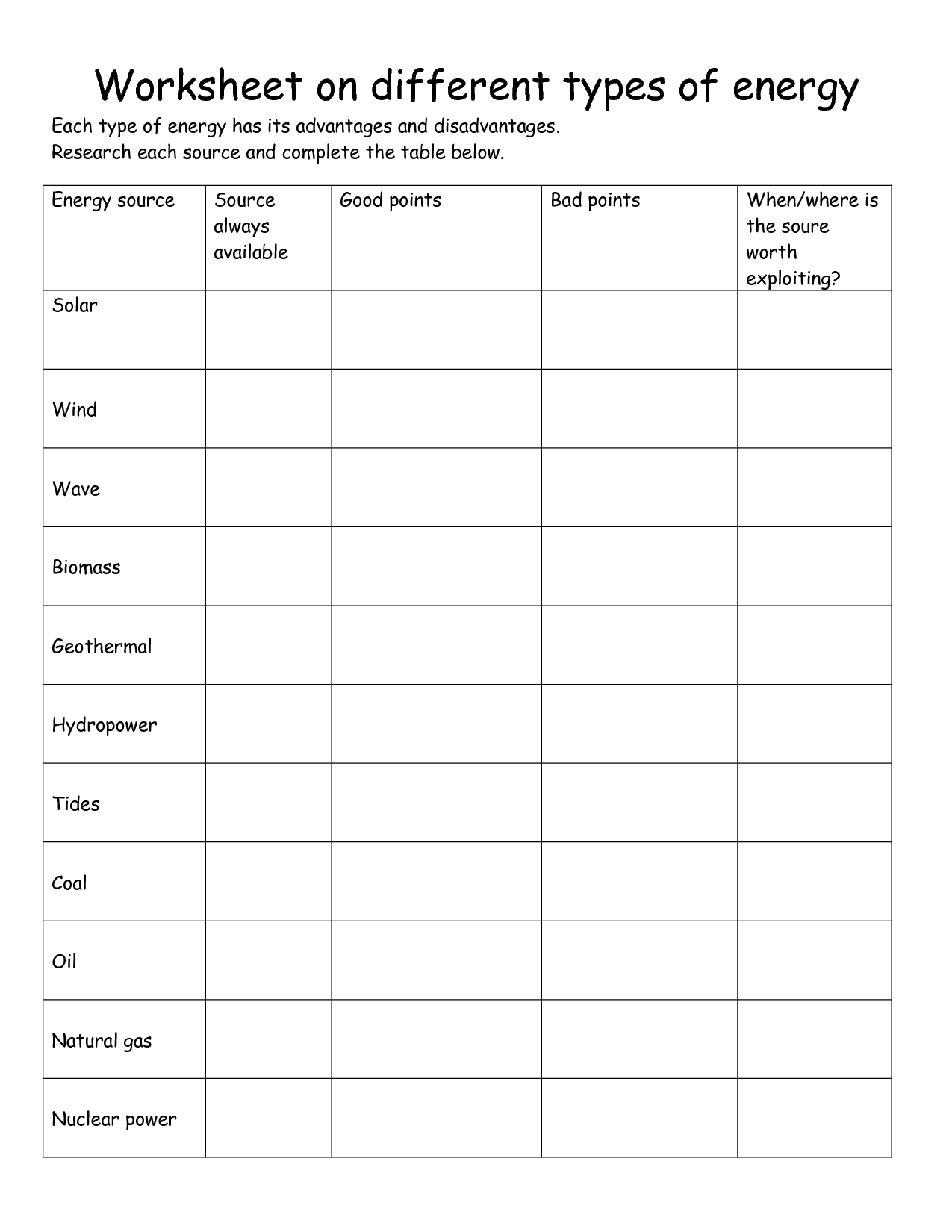




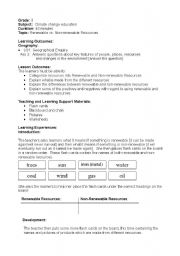
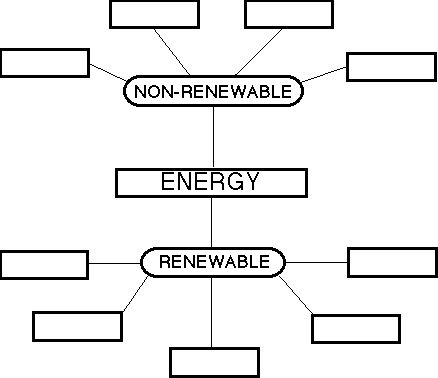
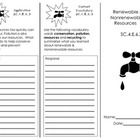
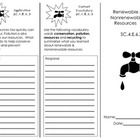
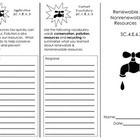
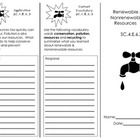
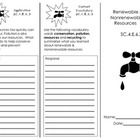

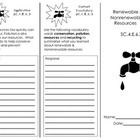
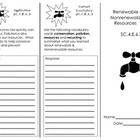
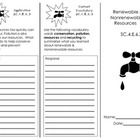
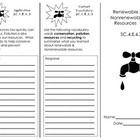
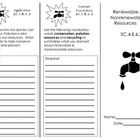
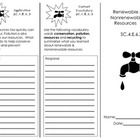

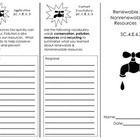
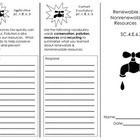













Comments